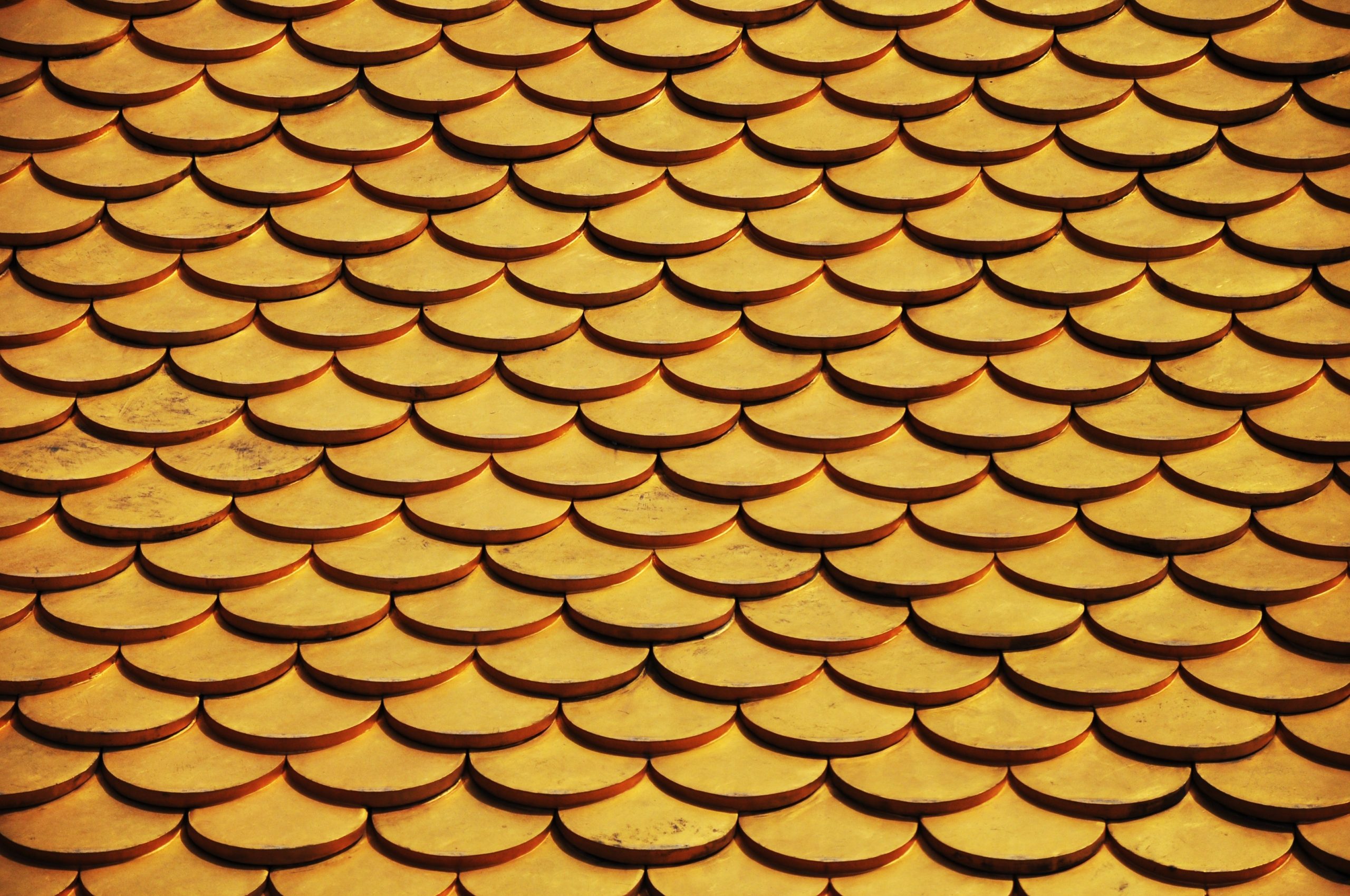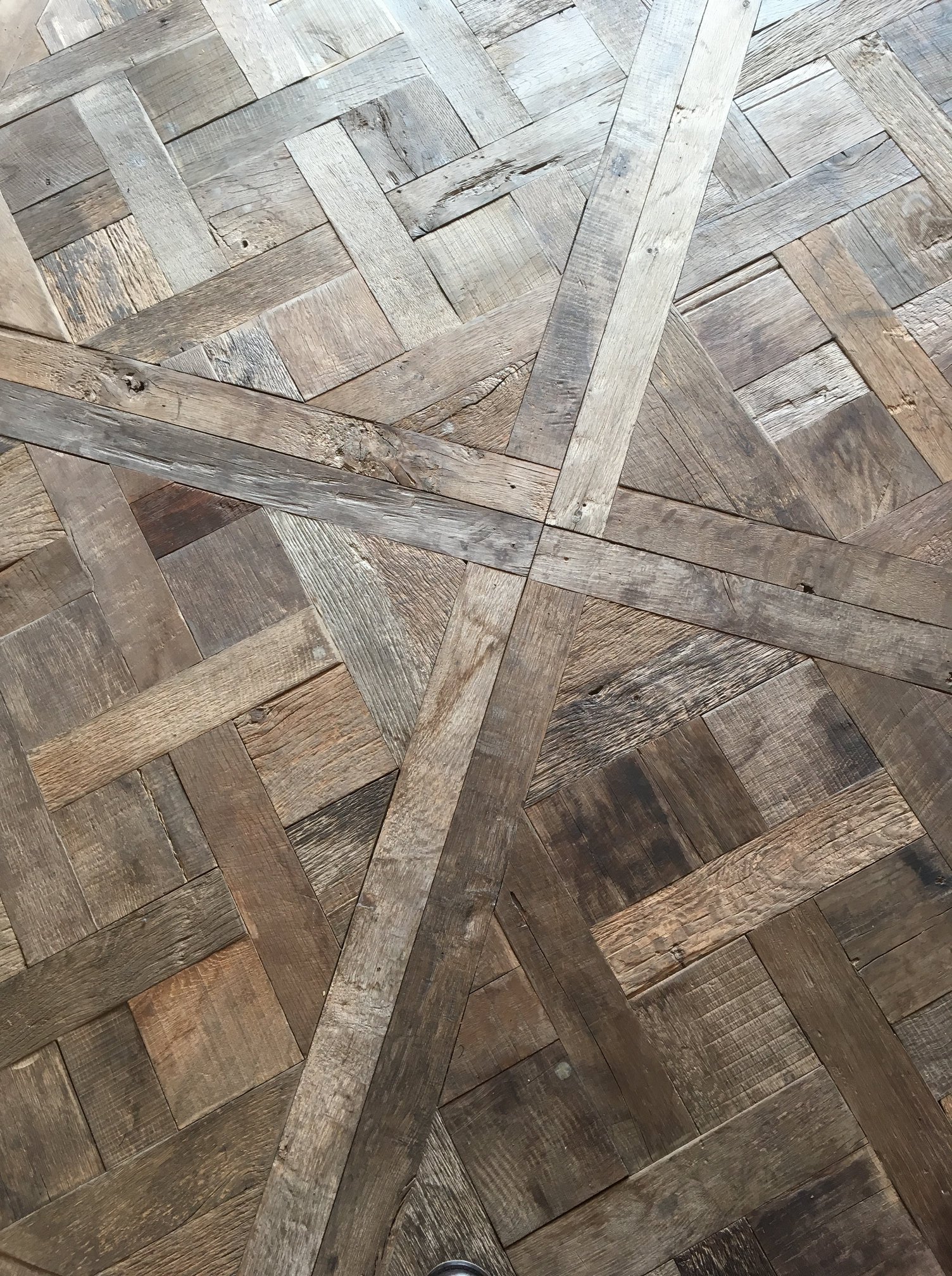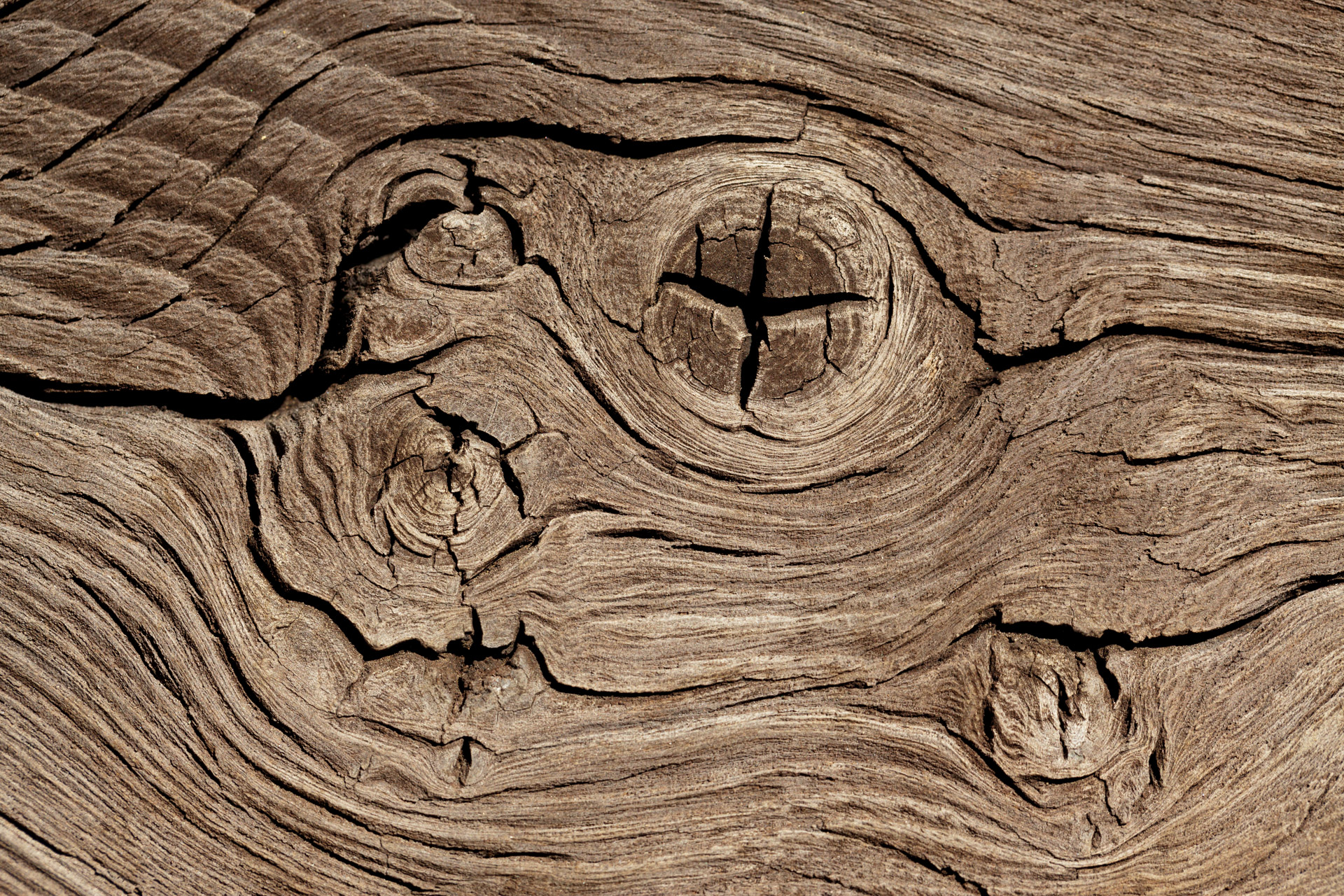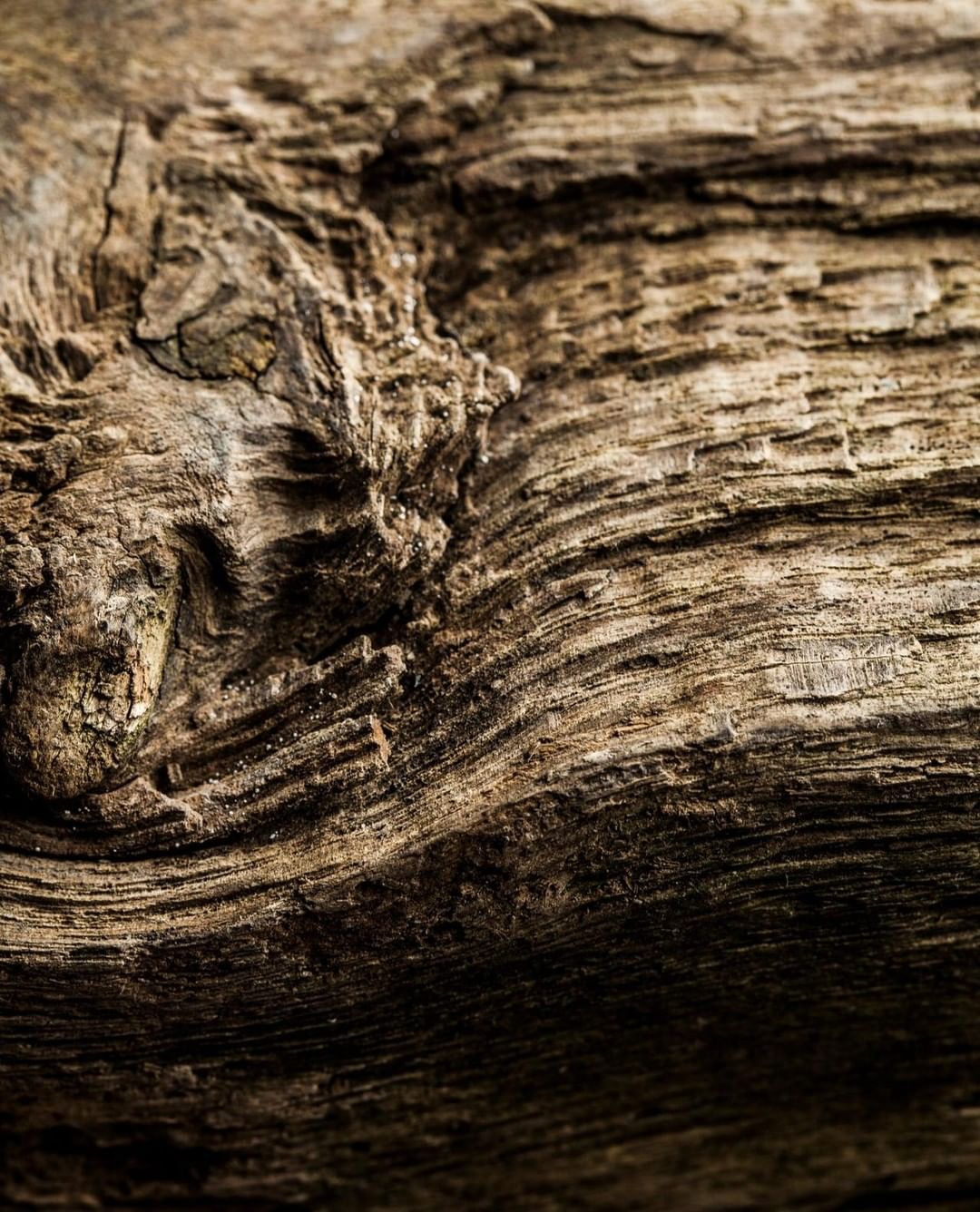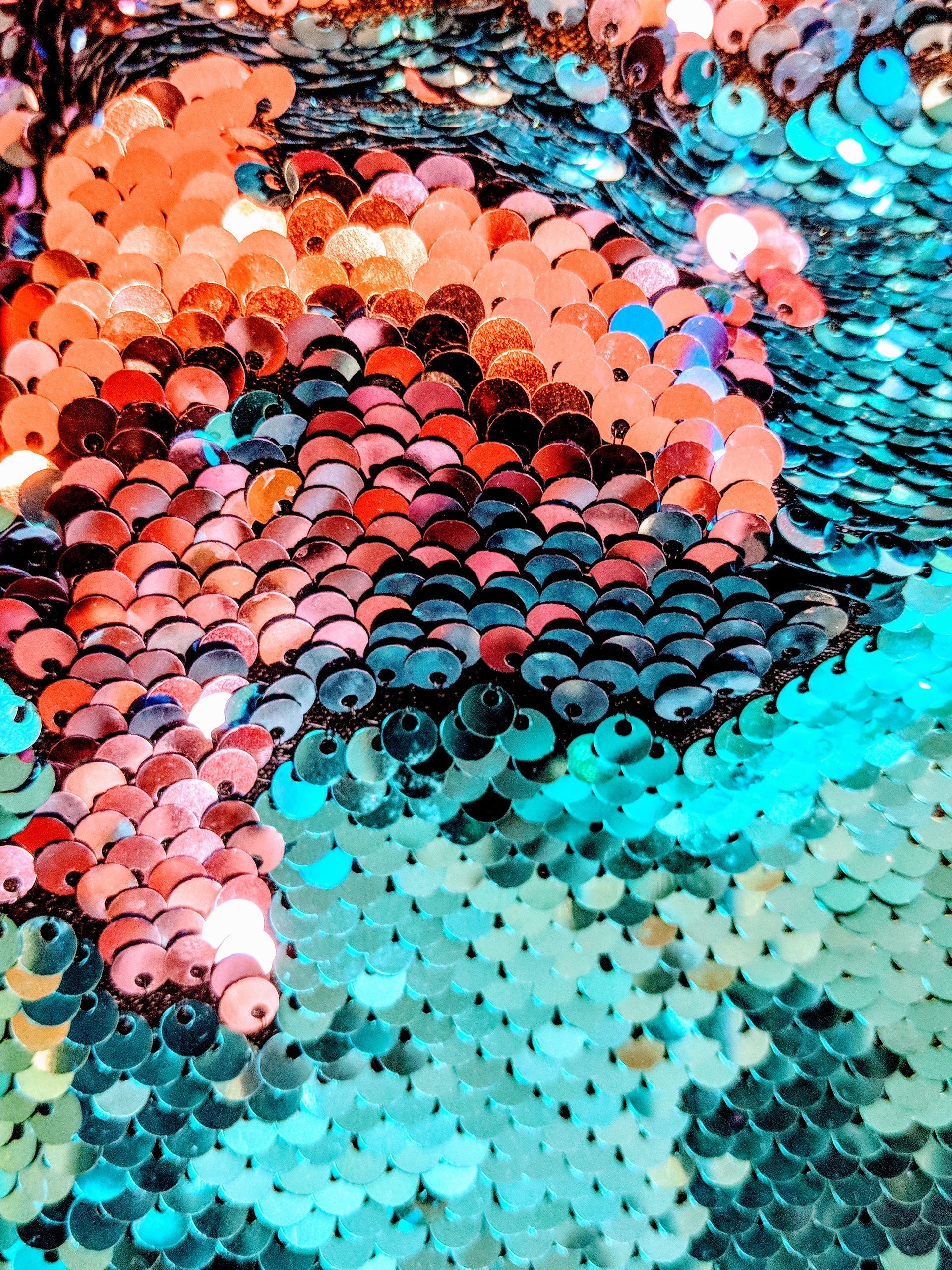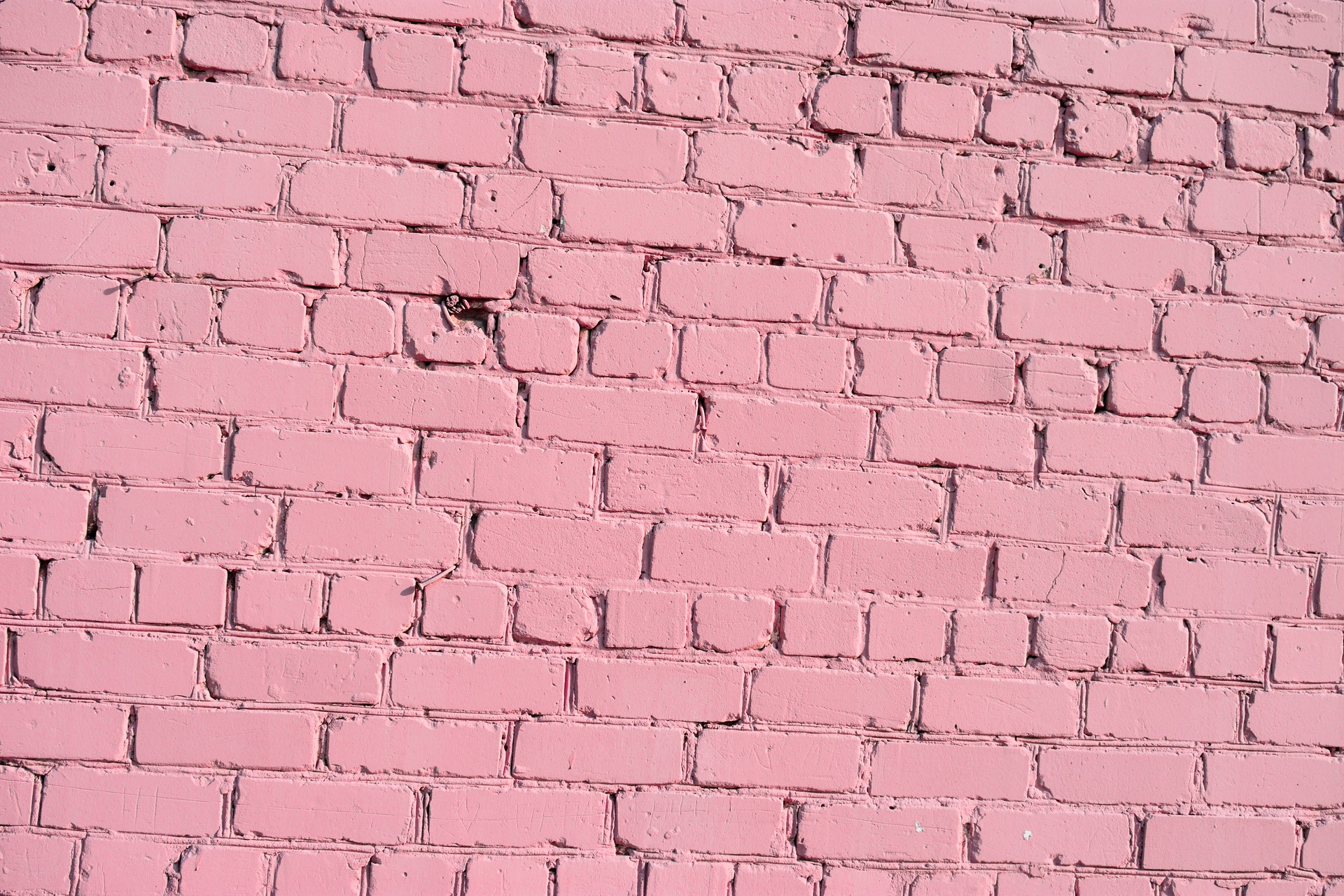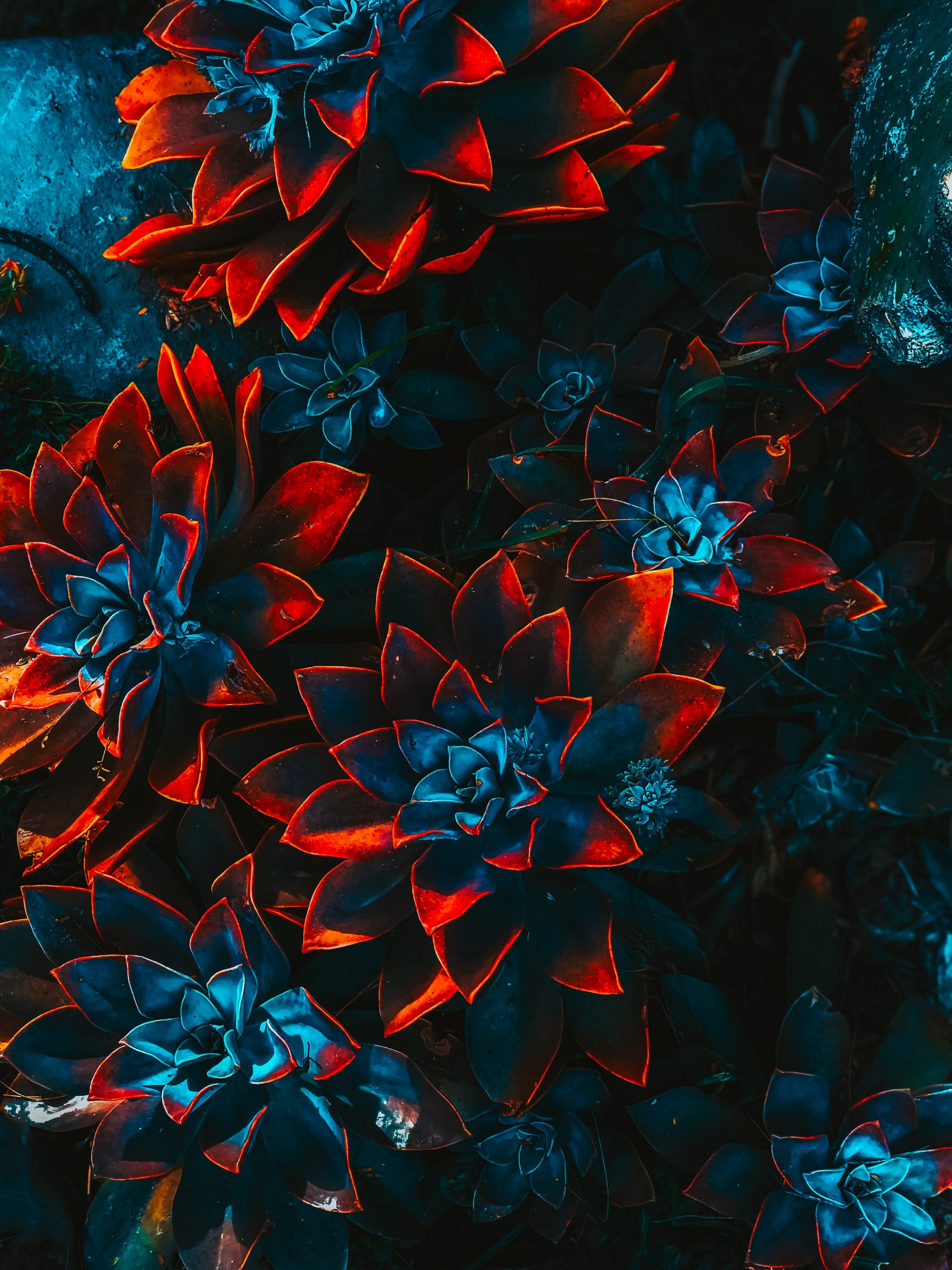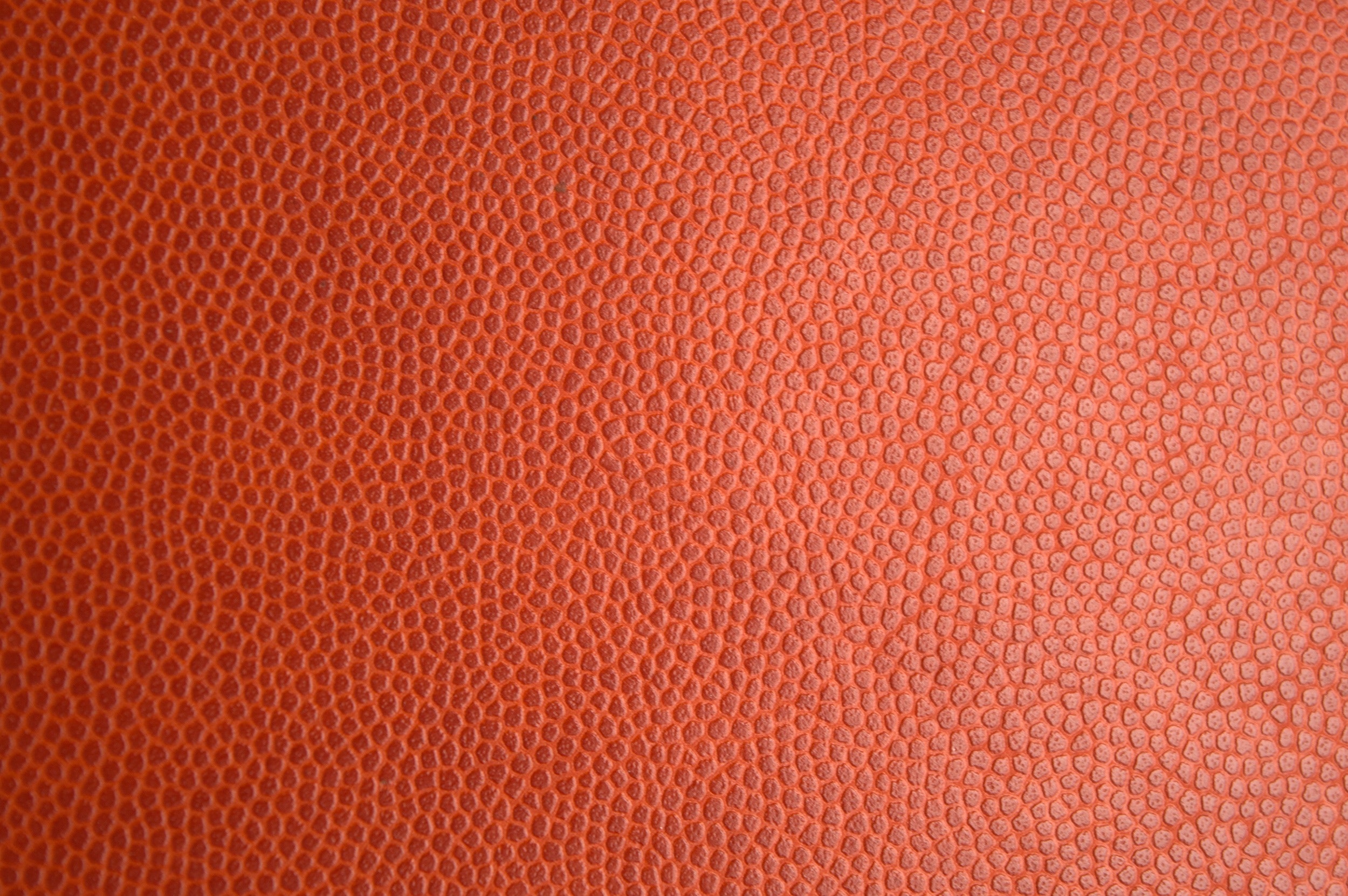
Texture and Pattern are two of the biggest elements involved in the Interior Design process and are on many levels some of the trickiest to work with.
The use of pattern and texture in a room heighten our experience of the space, as they awaken different senses, which as humans we use to feel connected to the world around us.
When adding texture to an element of design, such as wooden floors, we stimulate different senses at the same time, making us feel more in touch with the environment by adding a feeling of comfort.
Different textures will produce different shadows depending on the light they are exposed to, the time of the day and even the proximity of reflective surfaces, thus catching our attention via a visual media, although we mostly associate texture with the sense of touch.
The sense of touch is one of the senses we rely on the most since a very young age, and to confirm this we just need to see how children feel a need to touch everything in their reach to actually experience it.
Patterns, on the other hand, can stimulate the brain and make us see things in a different way, for example, the repetitive use of large patterns on a small wall may make it appear smaller than what it already is, while non-geometric designs provide excellent camouflage for surfaces with irregularities.
Given the importance of both texture and pattern, it is no surprise that floors, undoubtedly one of the largest surfaces in any property, be it commercial or residential, have such a major impact on how we make use of – or how we are made to use – a specific space.
The significance of flooring has been understood for centuries, as even during the Roman Empire they used to be highly designed and decorated with mosaics, underlying their value; floor patterns are so important in everyday’s life that retail facilities have invested in research that analyses them in order to find the ones that ensure customers spend more time in the areas or isles that offer the highest profit margins, effectively altering the speed at which people walk through specific areas without creating any physical obstacle.
Patterns and textures are not only studied for-profit purposes, but also for health reasons, such as to find the best way to ensure patients with dementia feel safe and comfortable navigating a space, or for learning causes, like how to best stimulate children’s imagination.
With this introduction on the importance of floors’ textures and patterns in everyday’s life, here at The New and Reclaimed Flooring Company, we hope to have caught your attention and look forward to investigating this and other subjects further.

